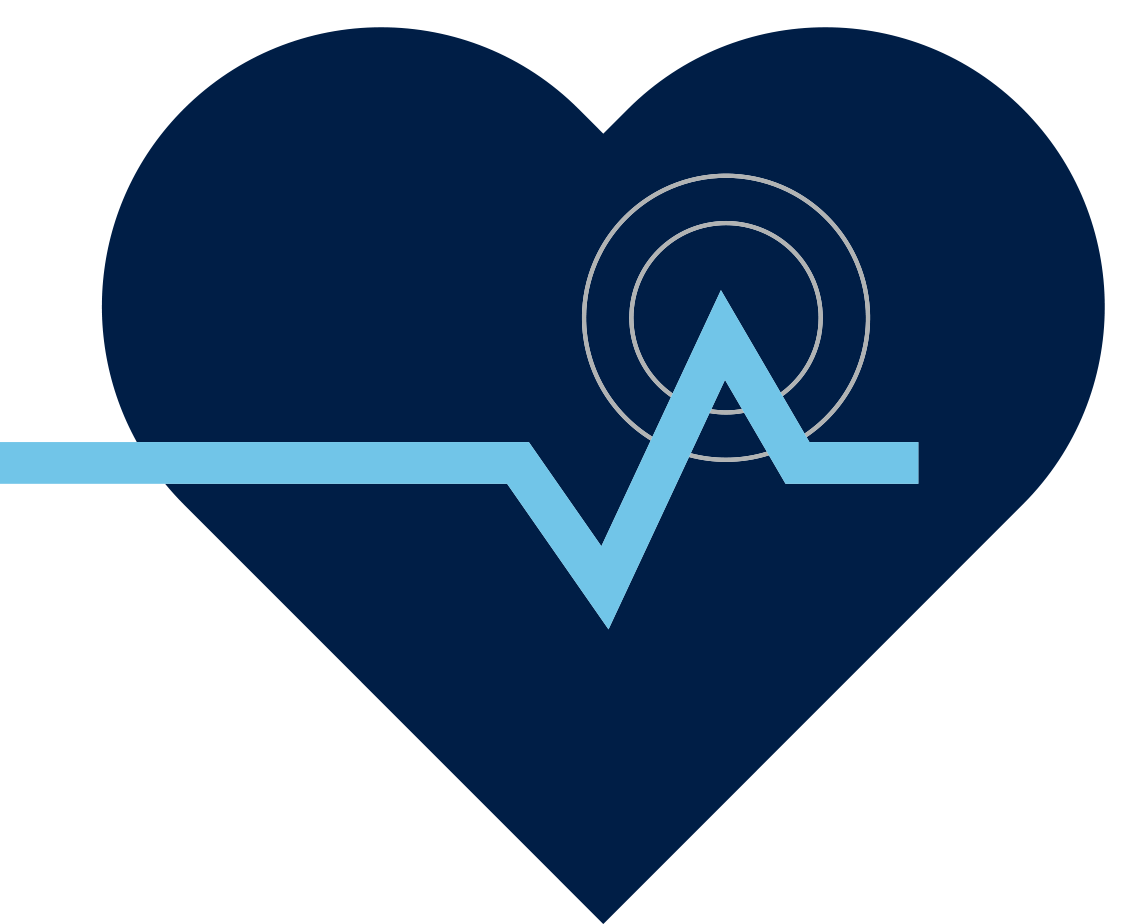
Stories
Unprecedented collaboration: Will the way we work together be forever changed for the better?

It’s easy to look back at the days before COVID-19 with a sense of nostalgia. They may only have been a few months back, but they are already looking like “the good old days” compared to the health crisis unfolding now.
But not everything was easier before the pandemic. If there is a silver lining in these challenging times, it’s that Canadians are now collaborating in ways that were more difficult — or even unheard of — before the COVID-19 pandemic, with a greater appreciation of the contributions of different stakeholders.
One obvious example of enhanced collaboration is the use of digital technologies that enable doctors to safely connect with patients virtually and to monitor them remotely. These technologies have been available for a while, but without doctors being reimbursed for their time, adoption, understandably, was limited before COVID-19.
There are other, less obvious, examples of unprecedented collaboration underway that are worth noting.
Unprecedented procurement
Before COVID-19, government was primarily focused on procuring products. Now, the federal government and various provincial governments have calls to action, with a focus on procuring solutions. I’ve written about the need for demand-side healthcare innovation policies before, but never would have imagined that a few months later there would be a forcing function for such drastic changes. My hope is that those seeking to improve the health of Canadians leverage the lessons learned during this crisis to focus on value-based procurement and procuring solutions.
After the crisis, we will likely return to having third party procurement agencies responsible for choosing which medical technologies doctors can choose from. The opportunity for those agencies is to gain a better understanding of the clinical needs on the ground, to understand why certain products offer more value to patients and clinicians than others, and to focus on the total cost of care, rather than just focusing on price.
Unprecedented conversations
The government’s focus on solutions has meant people who historically had a rule about steering clear of speaking with industry, are, for the first time, having conversations about technologies, supply chain, and allocation. And they are discovering that industry players are not only keen to help but are also willing to work with each other through Medtech Canada (our industry association). Most importantly, they are discovering that we have missions and values similar those of the healthcare customers we serve and are committed to being part of the solution to enhancing our cherished public healthcare system.
Industry partners bring a unique perspective because we are forced to be lean and innovate to survive. We have experience with health systems across the country and around the world, and we know how to spread and scale new processes and innovations.
Unprecedented manufacturing of ventilators
The surge in demand for ventilators in Canada and around the world spiked so quickly during the pandemic, it has been impossible for traditional ventilator manufacturers to keep up with the demand.
Medtronic has been rapidly ramping up production of its ventilator portfolio, including the Puritan BennettTM (PB) 980 and PB560 models. Today, Medtronic ships more than 300 ventilators per week from Ireland to customers around the world facing the highest risks and highest needs. We expect these numbers to climb to more than 1,000 ventilators per week by the end of June.
To ensure Medtronic is maximizing the production of its critical care ventilators, it is partnering in new ways with new partners. Two such partnerships include one with U.S.-based SpaceX, which is leveraging its expertise in valve production to manufacture a critical component for Medtronic’s critical care ventilators, and Canada-based Celestica, which began producing subassemblies for the PB 980 in April.
Unprecedented sharing of IP
Before COVID-19, it was inconceivable that medical technology companies would share their intellectual property, but several open source IP projects are underway.
As part of its own open source initiative, Medtronic publicly released the design specifications for its PB560 on March 30 and since then it has received more than 100,000 registrations for the design specifications available at Medtronic.com/openventilator.
By the end of April, progress has already been made by three large-scale manufacturers including Canada-based Baylis Medical, which is working with Ventilators for Canadians. Taiwan-based Foxconn Technology Group (which manufactures parts for Apple) will be making a version of the PB560 in Wisconsin, and VinGroup Joint Stock Co. of Vietnam will also be leveraging the design files.
Unprecedented training
The rise in demand for ventilators has had a significant impact on the need for training among those less familiar with their use. To help address this need, ventilator manufacturers have formed the Ventilator Training Alliance. The alliance has partnered with Allego to create a mobile app that frontline medical providers can use to access a centralized repository of ventilator training resources.
What is not unprecedented is the commitment of healthcare workers and other essential workers who are tackling this pandemic and putting the needs of patients first.
What is not unprecedented is Medtronic’s continued resolve to work with the health system to alleviate pain, restore health, and extend life, as outlined in our Mission.
I sincerely hope we can continue to collaborate in new ways after the pandemic to further transform healthcare and help improve the health of Canadians, together.
Neil Fraser is president of Medtronic Canada and co-chair of AdvaMed’s Medtech Conference.
Reprinted with kind permission from Hospital News


